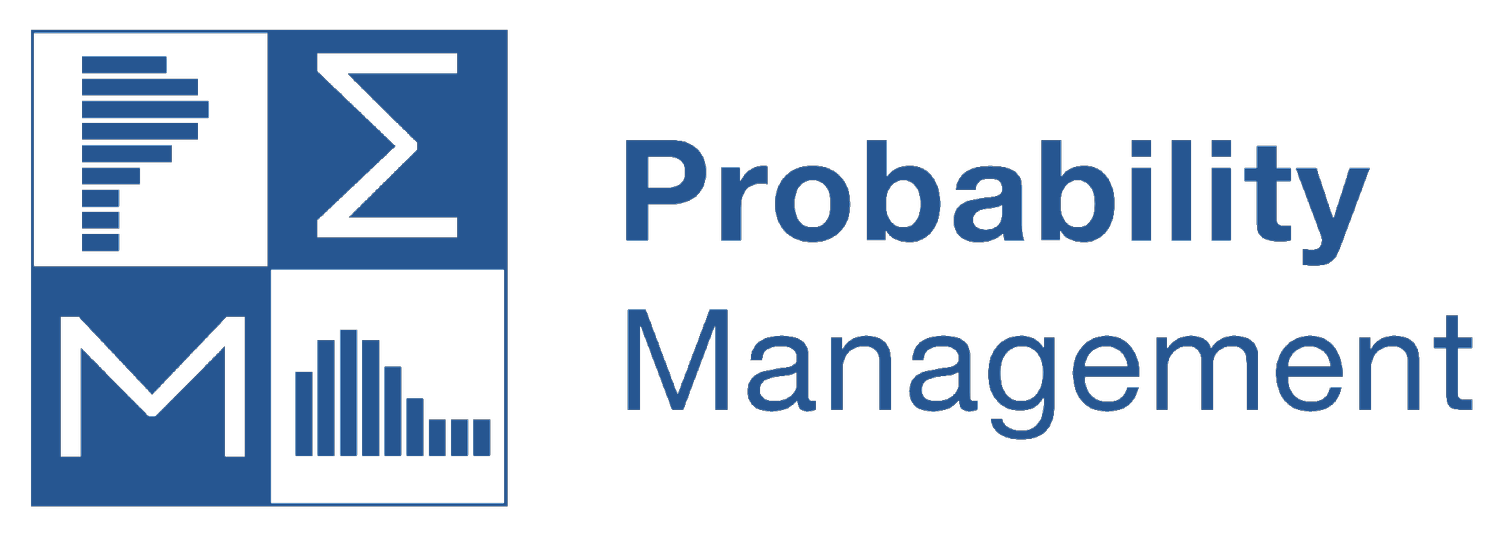SIPmath™ 3.0 Standard
100 Million Trials in 88 Bytes
The SIPmath 3.0 Standard is based on Tom Keelin’s revolutionary Metalog distribution and is driven by Doug Hubbard’s HDR portable random number generator. Streams of up to 100 million trials of a very wide variety of probability distribution may be encoded into 18 Metalog parameters and 4 HDR seeds. The open SIPmath 3.0 Standard wraps these 22 numbers in a JSON object, which can generate identical streams of random variates in any computer environment.
The standard has recently been adopted by Frontline Systems in its latest version of Analytic Solver.
Three seasoned analysts have combined their complementary technologies to create a revolutionary advance in probability management.
The SIPmath 3.0 Standard, led by Sam Savage, represents uncertainties as virtual SIP arrays based on the HDR Generator and Metalog Distributions.
The HDR Random Number Generator, developed by Doug Hubbard, ensures statistical coherence across simulations running on different platforms.
The Metalog Distributions, invented by Tom Keelin, are unprecedented in quantifying uncertainty from data with a single family of formulas.
How It Works
Virtual SIPs are created using the F Inverse method. A uniform random variable is used to drive the inverse cumulative distribution of the desired variate. This can be done with any random number generator and any F Inverse function. However, the HDR and Metalog are each particularly well suited to this task. Cross-platform identical streams of random variates of nearly any continuous distribution can be expressed with just a few parameters.
Explanation of the SIPmath 3.0 JSON Format
Below is an example of the JSON code, in this case an annotated version of a Single Variable LIbrary, that describes the basic components of the SIPmath 3.0 Standard. Full documentation available here.







